A colleague of mine and I are planning to learn some four-handed piano music this summer, and perhaps do a whole recital together of just four-handed music in the fall semester. So I’ve been digging around on YouTube, looking for repertoire ideas. And I have couple of cool videos to share with you today:
httpv://www.youtube.com/watch?v=omuZF6oaCnw
What a great video to show students! Everything is so perfectly synchronized, and their playing is so beautifully expressive. They are AMAZING musicians.
Here’s another fine duo team. Perhaps the coolest thing about this video, however, is the piano they are playing on: a Pleyel Double Grand Piano! I’ve never seen anything like it!
httpv://www.youtube.com/watch?v=OjYfdB0CvSg
There are some important benefits of playing four-handed repertoire. Both players must be actively listening and communicating with each other — not only so that they are together beat-wise and so that the melody and accompaniment ideas are balanced, but also so that they are playing musically together: shaping phrases together, executing rubato together, and calling and responding to each other’s melodic motives. Developing these skills while working on four-handed repertoire can give a whole new perspective to solo piano repertoire! Besides — working on four-handed music can be a lot of fun! =)
Watching these videos looks like so much fun, I think I’m going to dig through the duet music on my shelf and find some duet pieces to assign to some of my students to work on over the summer too!




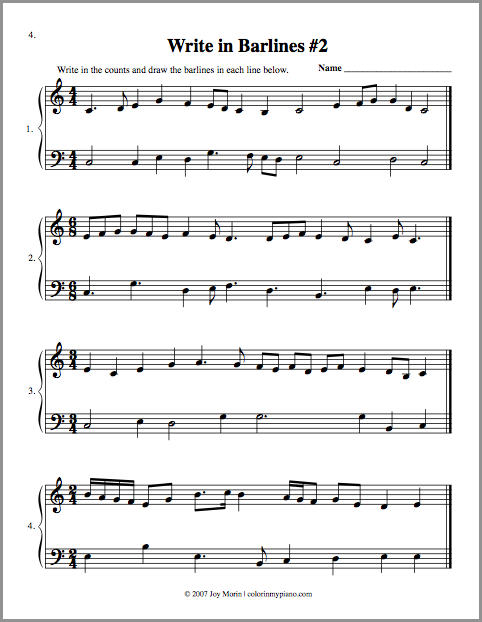
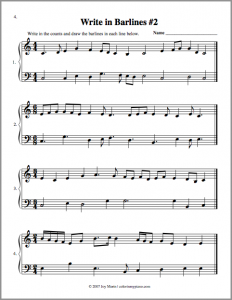

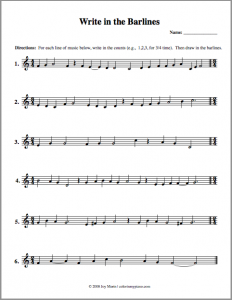
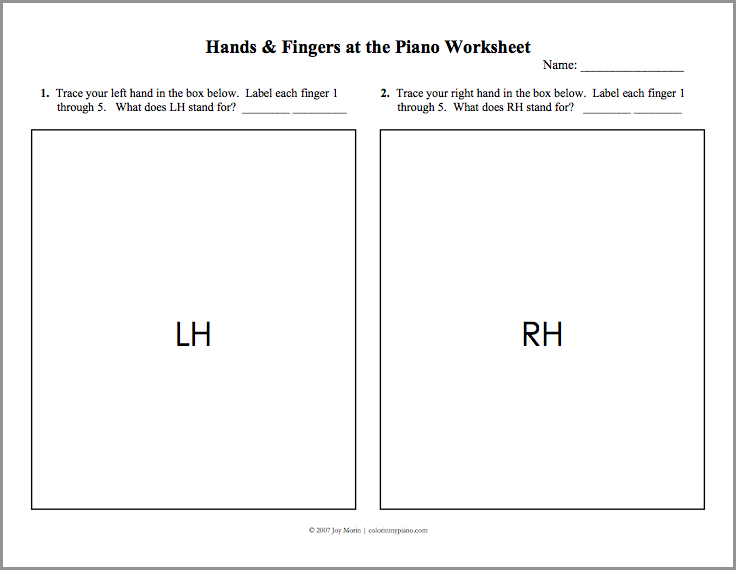

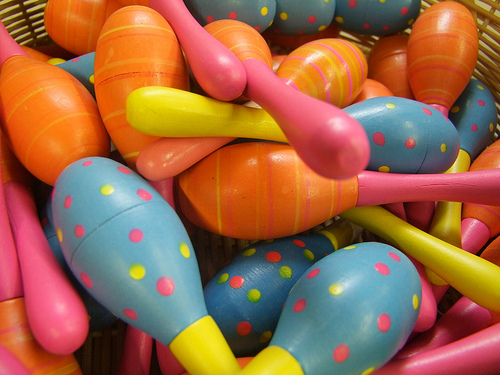
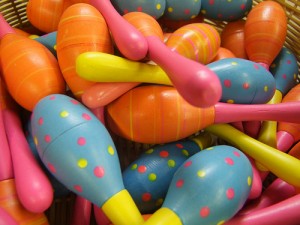 I’ve been digging around online lately, looking for early childhood music resources. (Yes, I’m sorry – I’m still on this kick!)
I’ve been digging around online lately, looking for early childhood music resources. (Yes, I’m sorry – I’m still on this kick!)
 In answer to a question a received last week, I thought I’d talk a little bit more about teaching 2 against 3, as I had mentioned in a
In answer to a question a received last week, I thought I’d talk a little bit more about teaching 2 against 3, as I had mentioned in a 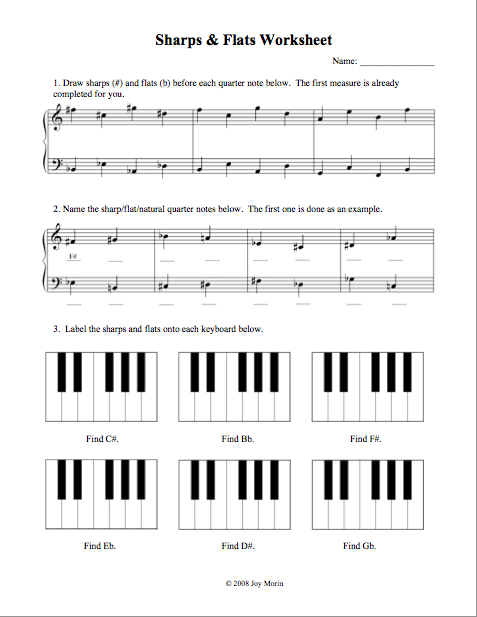
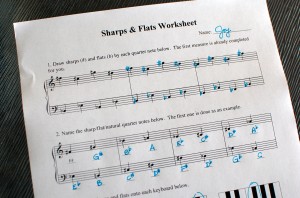 Just added to the
Just added to the 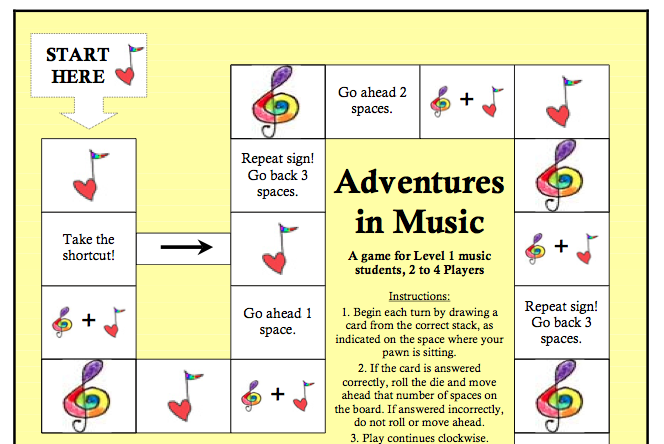
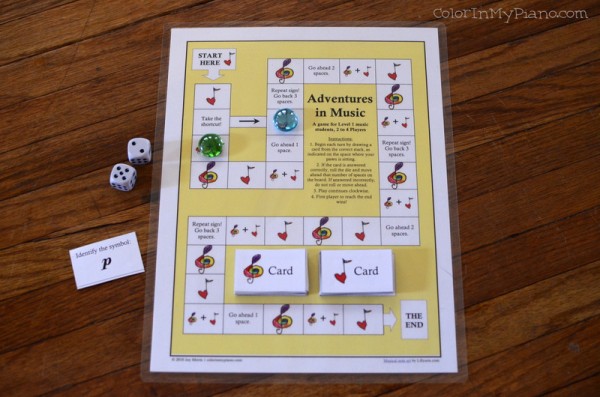
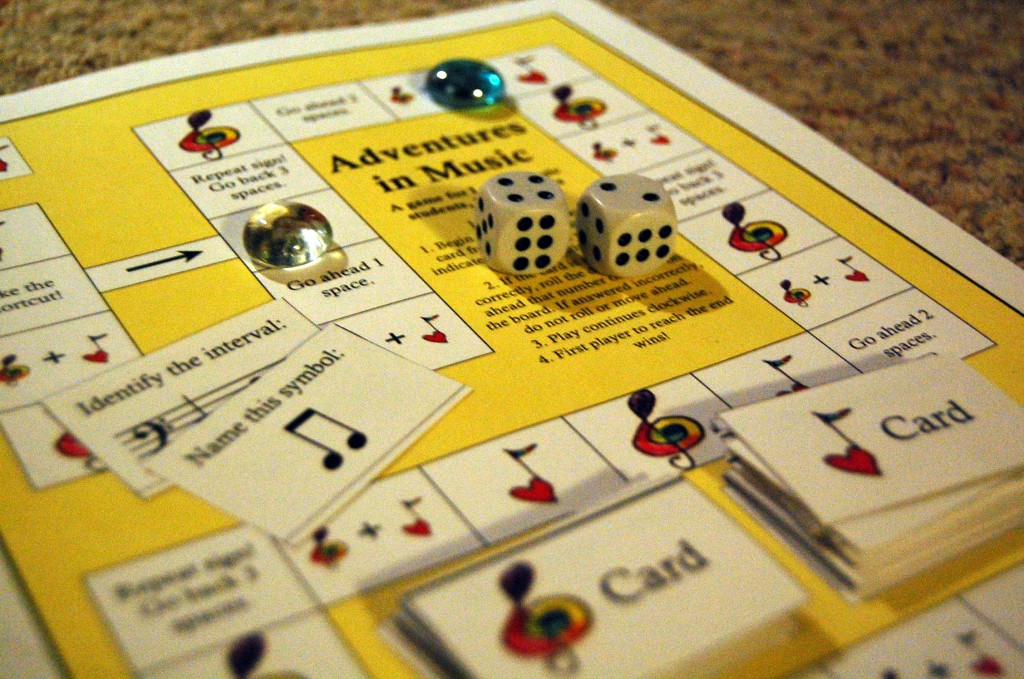
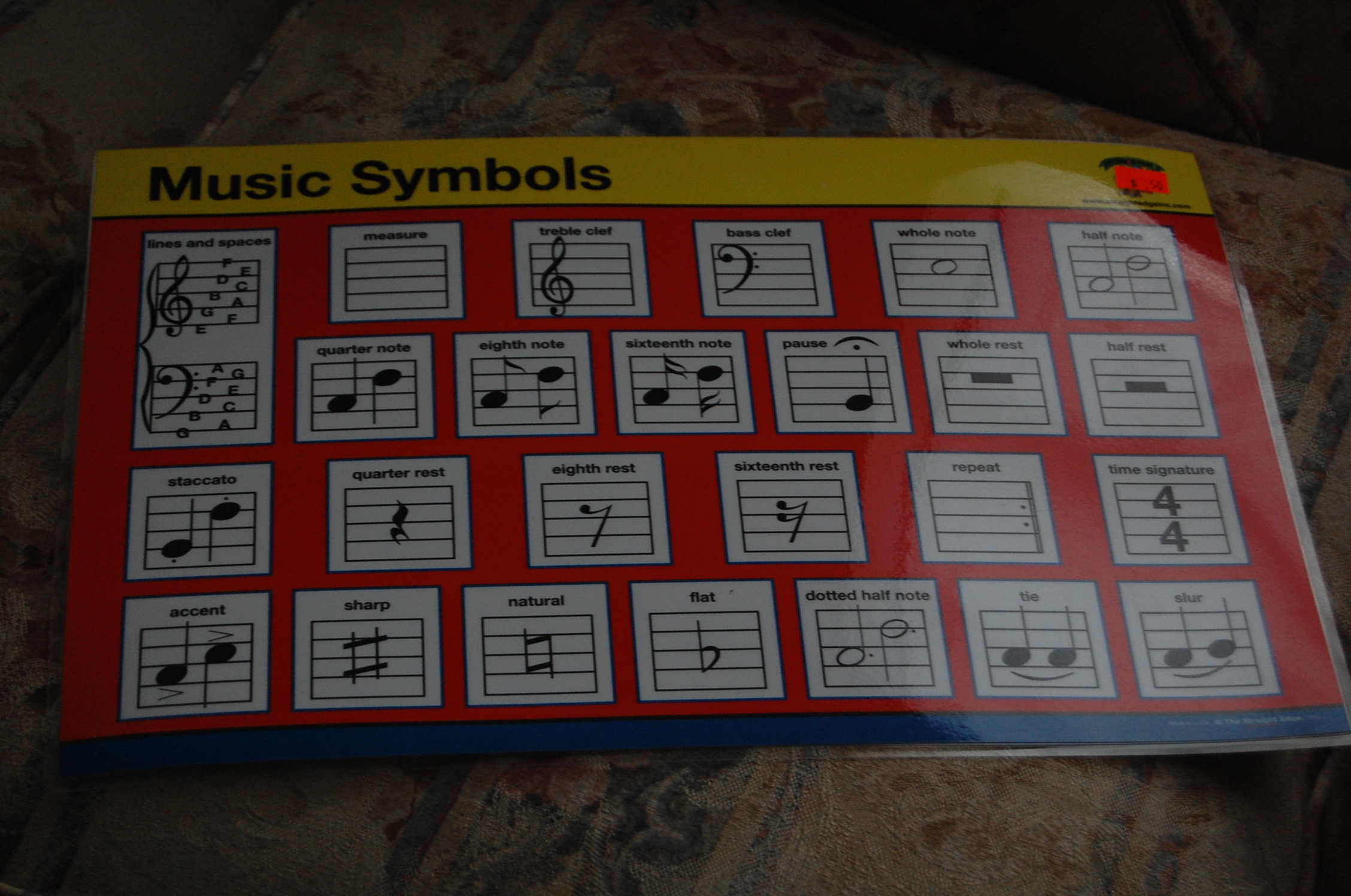
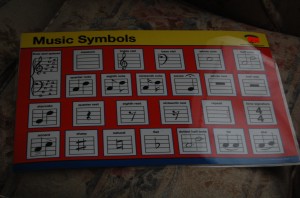 Just thought I’d show off my recent find – I was at a outlet store a couple of weeks ago, and I found these laminated boards for students to draw music symbols using a dry erase marker. One side has the symbols pictured….
Just thought I’d show off my recent find – I was at a outlet store a couple of weeks ago, and I found these laminated boards for students to draw music symbols using a dry erase marker. One side has the symbols pictured…. 
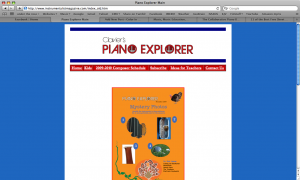 Many piano teachers subscribe to Clavier magazine, and some even subscribe their students to Clavier’s Piano Explorer, the music magazine for kids. I recently found out that their site contains some great resources for teaching about various composers and concepts in music history. This month, there have some great resources about Beethoven, including:
Many piano teachers subscribe to Clavier magazine, and some even subscribe their students to Clavier’s Piano Explorer, the music magazine for kids. I recently found out that their site contains some great resources for teaching about various composers and concepts in music history. This month, there have some great resources about Beethoven, including: